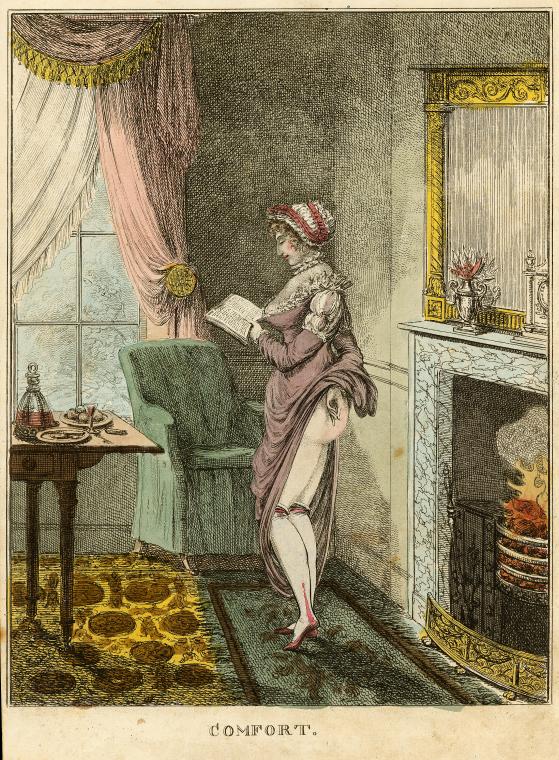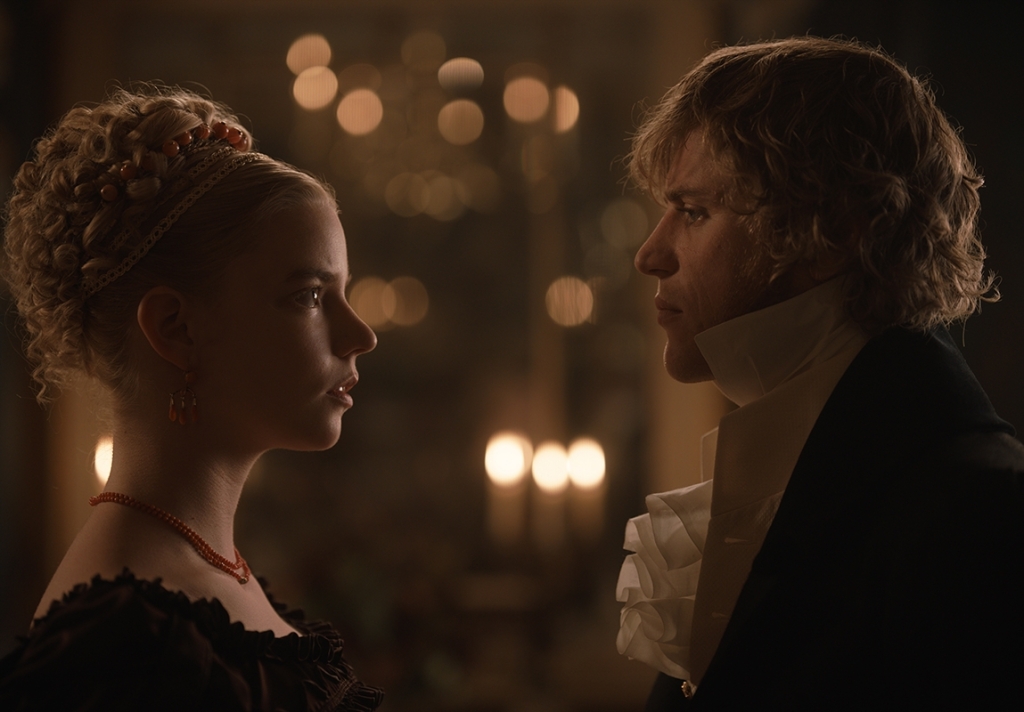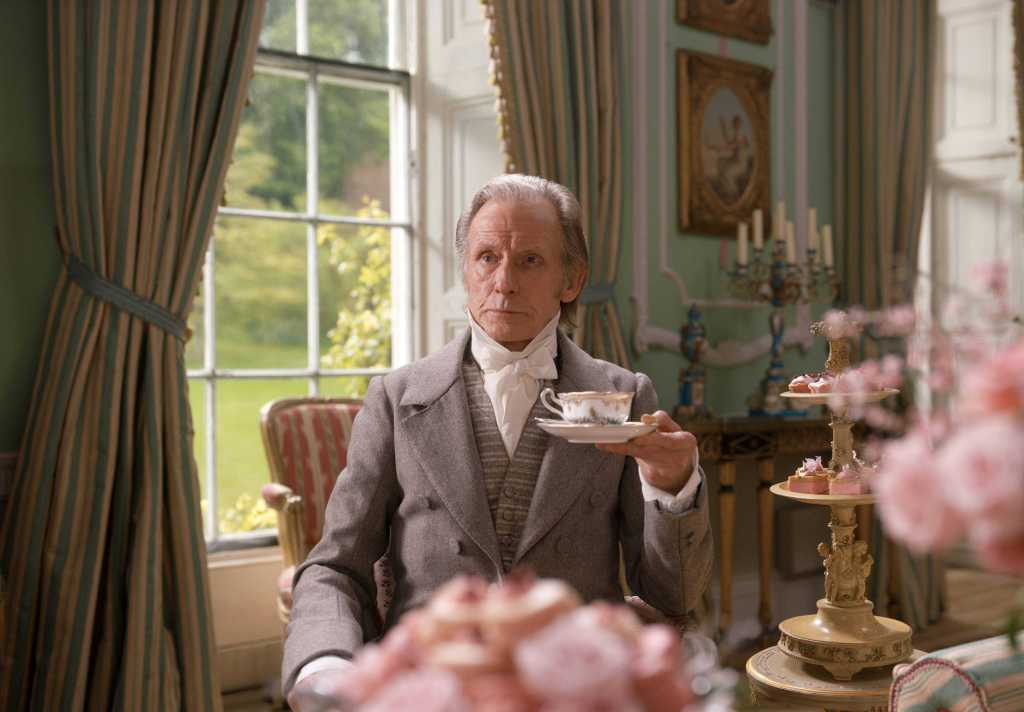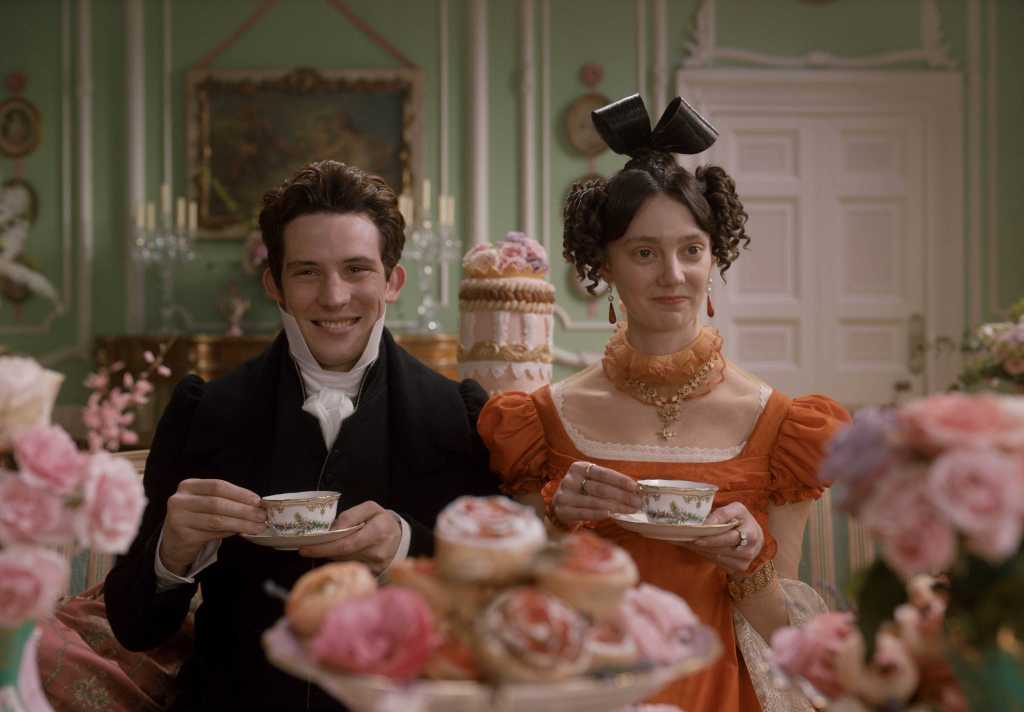 |
| Miranda Hart as Miss Bates, Emma 2020 |
Single women have a dreadful propensity for being poor, which is one very strong argument in favour of matrimony. - Jane Austen's LettersI have recently went to see EMMA. (2020). And while there is much to say about this cheeky, pastel-colored adaptation of the classic, my thoughts often turned to poor Miss Bates, played to perfection by Miranda Hart.
In Jane Austen's Emma, Miss Bates is the staple of Highbury society. She is neither clever nor pretty (and never was), she is talkative and cheaper, lives with her mother, and is generally well liked. She is also an old maid and very poor.
I have recently had an occasion to contemplate the relationship between single-hood and poverty. Not just in the distant past, but in our contemporary world. Sure, having a large family and children can be quite a drain on one's resources, too. But being a single woman of a certain age with a limited income (and dependents, such as aging parents) is just as difficult today as it was in 1815*.
 |
| School; James Godby, 1810; London via The British Musseum |
 |
| Gwyneth Paltrow as Emma, 1996 |
I shall not be a poor old maid; and it is poverty only which makes celibacy contemptible to a generous public! A single woman, with a very narrow income, must be a ridiculous, disagreeable old maid! the proper sport of boys and girls, but a single woman, of good fortune, is always respectable, and may be as sensible and pleasant as any body else.This distinction between the poor old maid and a rich one may strike the 21st century reader as ridiculous. But I invite you think about our contemporary discourses on single women. A single career woman can find acceptance, even adulation, for being a #GirlBoss. But if one is unfortunate enough to have neither a career (or even a job) nor a partner, one might be subjected to the same kind of contempt and pity as any poor spinster in Regency England.
 |
| Phyllida Law (Mrs Bates) and Sophie Thompson (Miss Bates) Emma, 1996 |
First, who is an old maid? Well, it's definitely a woman - hence, the "maid". Unmarried men do not seem to evoke the same level of contempt and ridicule. But how old is an "old maid"? Jane Austen has very few spinsters in her novels. A few of her characters hover on the edge of spinsterhood, but are usually rescued from it by a timely proposal.
In Pride and Prejudice, Lydia exclaims that:
Jane will be quite an old maid soon, I declare. She is almost three-and-twenty! Lord, how ashamed I should be of not being married before three-and-twenty!But then again, Lydia is a very foolish character. And it's very unlikely that anyone but this flighty teen would consider the sweet and beautiful Jane at 22 to be a spinster.
 |
| Charlotte Lucas (Lucy Sccott) P&P, 1995 |
Elizabeth Elliot in Persuasion is nearing her 30th birthday, and she feels that she's approaching
...the years of danger, and would have rejoiced to be certain of being properly solicited by baronet-blood within the next twelvemonth or two.We don't know whether Miss Elliot ever marries, but she has rank and (some) wealth on her side. At any rate, she will most likely be spared the indignity of real poverty in spinsterhood. Anne Elliot is 27 at the beginning of the novel, and she is treated by most people as a spinster.
 |
| Anne Elliot (Sally Hawkins) Persuasion, 2007 |
This makes poverty an important components of spinsterhood. I am talking about relative poverty. In Emma, Miss Bates is not from the laboring classes. Her father was the vicar of Highbury (the position now occupied by Mr. Elton). But her present situation is that of relative destitution, made worse by the fact that she has known comfort and some prosperity in her youth.
 |
| Miss Bates (Tamsin Greig) Emma, 2010 |
 |
| Emma, Illustration by C. E. Brock, 1898, |
Miss Bates does not keep poultry or cows and does not have a garden. And she has no male relatives who could add to her comforts with any steady flow of cash. In the 1800's, labor was relatively cheap, while goods were expensive. Therefore we can assume that most of the income goes to food, lodgings and some for clothes. Therefore, Miss Bates's income would have been on the lower side of £150.
 |
| Miss Bates (Constance Chapman) and Emma (Doran Godwin) Emma, 1972 |
In the end, Jane is save from the terrible fate of being a governess and from the even more terrifying fate of being an old maid by her marriage to Frank Churchill. We can assume that with Jane becoming the new Mrs. Churchill, Miss Bates and Mrs. Bates would acquire some supplement to their income.
(*) The biggest financial risk for women today? Embarking on a relationship, The Guardian, 2017.
(**) Brandon, Ruth. "Other People's Daughters: The Life and Times of the Governess." Phoenix, 2009.
- Copeland, Edward. “Money.” The Cambridge Companion to Jane Austen. Ed. Edward Copeland and Juliet McMaster. Cambridge: CUP, 1997.
- Craig, Sheryl Bonar. "“The Value of a Good Income”: Money in Emma." Persuasions On-Line: the Journal of the Jane Austen Society of North America 22, 2001.
- Jacobs, Corrie L. "The ‘Great Talker’: Spinster Stereotypes in Emma". Jane Austen Society of North America. 2015 Essay Contest Winning Entries, 2015.
- From Servants to Staff: How much? Chatsworth Official Website, News & media ,News, blogs & press releases, 2017

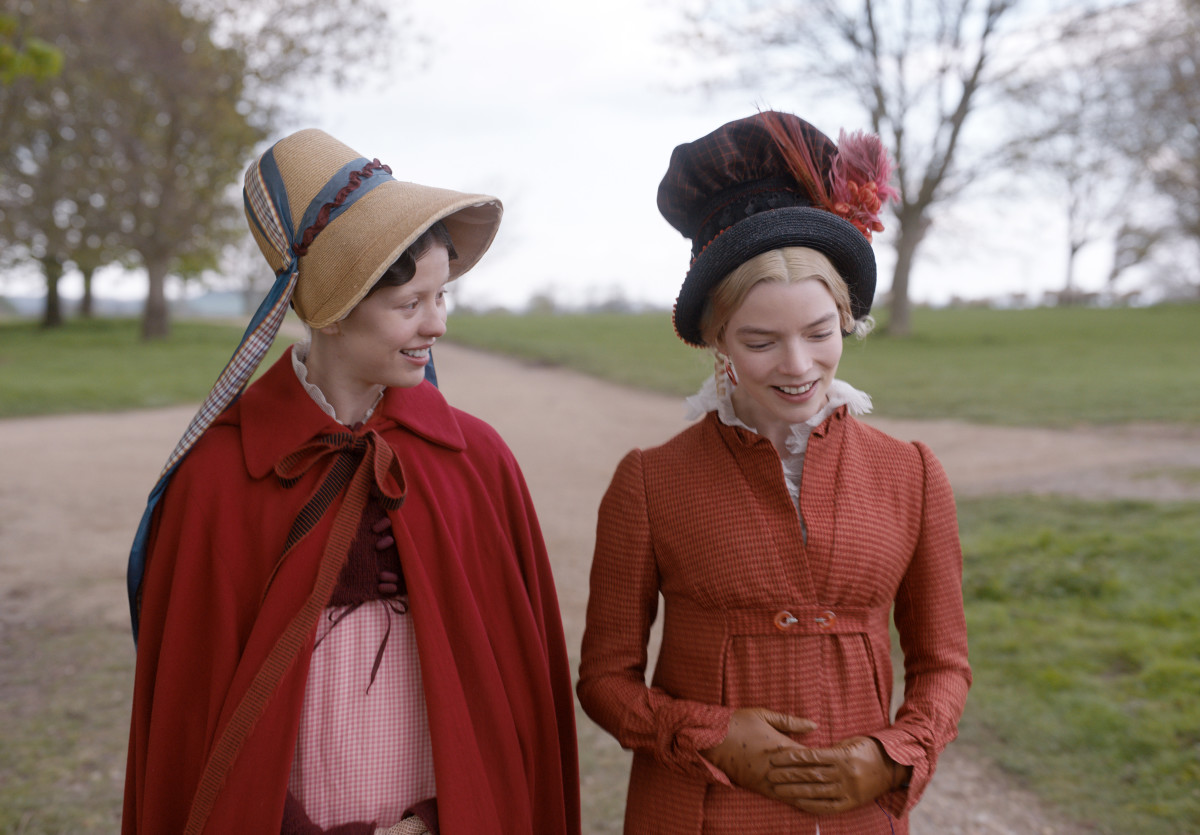



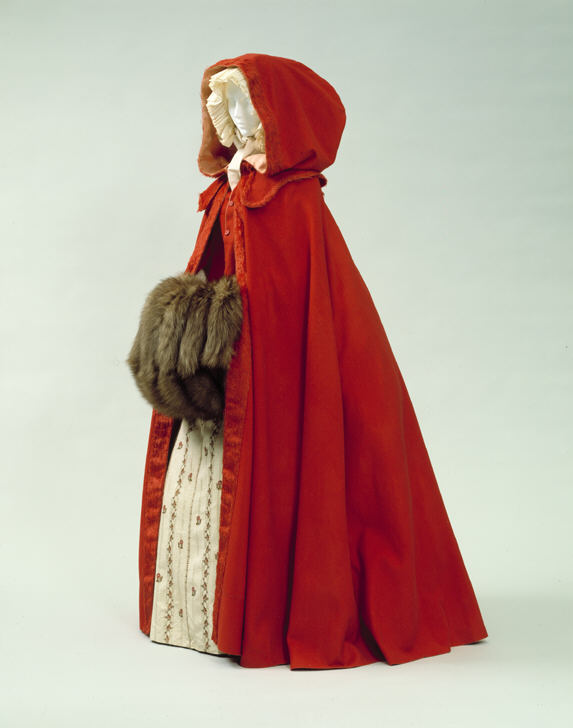




 With many people in social isolation, reading material becomes indispensable. But what to do if you have ran out of all of your Jane Austen, including letters and Juvenilia?
With many people in social isolation, reading material becomes indispensable. But what to do if you have ran out of all of your Jane Austen, including letters and Juvenilia? 




